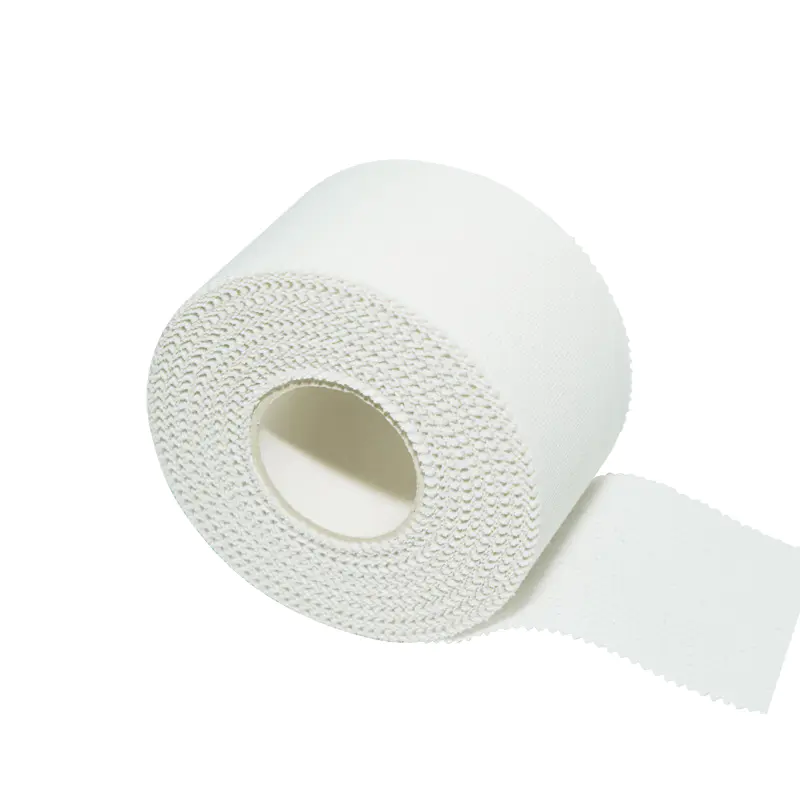While kinesiology tape is often associated with sports injuries, its utility extends far beyond athletic performance. Today, healthcare providers, chiropractors, physiotherapists, and occupational therapists are integrating kinesiology tape into treatment protocols for a wide variety of conditions.
Expanding Use in Medical Settings
Originally designed for athletic use, kinesiology tape has proven to be effective in clinical settings for patients dealing with non-sports-related issues such as:
Lymphedema
Carpal tunnel syndrome
Post-surgical swelling
Stroke recovery
Arthritis and joint degeneration
The tape’s elastic and breathable design allows for continuous wear over several days, making it a practical option for long-term management of musculoskeletal and neurological conditions.

How It Works
The therapeutic effect of kinesiology tape comes from its ability to microscopically lift the skin, creating space that reduces pressure and improves fluid flow. This not only reduces swelling and pain but also enhances sensory feedback to the brain. That feedback helps improve body awareness, also known as proprioception, which is crucial for patients relearning motor skills after injury or surgery.
Applications in Neurological Rehabilitation
In recent years, kinesiology taping has shown promise in neurological rehabilitation. For example, stroke survivors often experience muscle weakness or abnormal tone. Applying kinesiology tape can help support weakened muscles or reduce spasticity, allowing for improved limb function during daily activities or therapy sessions.
In children with developmental conditions like cerebral palsy, taping is sometimes used to encourage correct muscle patterns or improve posture. The non-restrictive nature of the tape makes it a child-friendly tool that can complement other therapies.
Postural and Orthopedic Uses
Postural imbalances, especially those caused by prolonged desk work or scoliosis, are also commonly treated with kinesiology tape. By gently guiding the body into better alignment, the tape helps patients become more aware of their posture and maintain it throughout the day.
Orthopedic applications include support during recovery from surgery or acute injury, where the tape helps stabilize joints without restricting circulation or movement—unlike traditional braces or compression wraps.
Education and Training Matter
The growing popularity of kinesiology tape has led to a flood of online tutorials and DIY methods. However, proper application is critical to achieving the desired results. That’s why clinicians often receive specialized training to understand tape tension, placement patterns, and contraindications.
Misapplication can reduce effectiveness—or worse, cause irritation or impede healing. Patients are advised to seek professional guidance, especially for chronic conditions or complex injuries.







